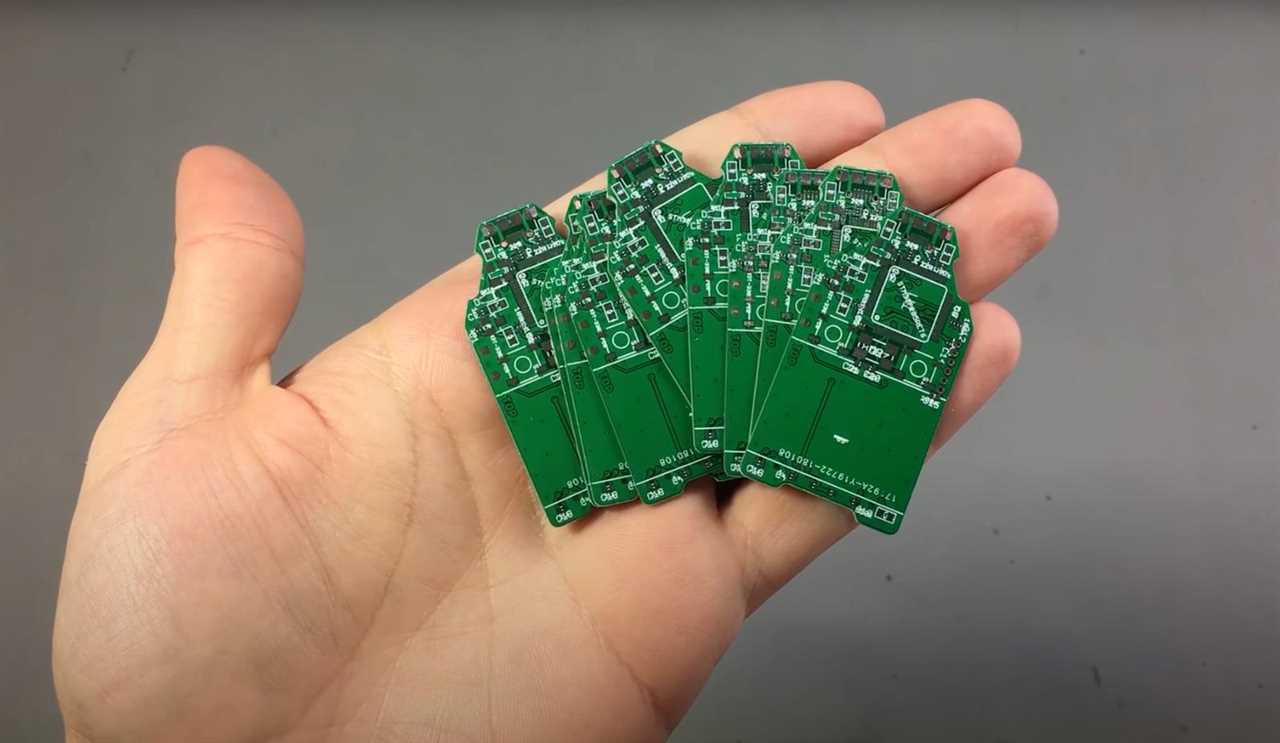
Building Your Own DIY Trezor
Florin Cocos, an electronics design manager from Romania, built his own DIY Trezor cryptocurrency wallet using open-source code in 2018. He demonstrated the process on his YouTube channel, Voltlog, showcasing how he created the DIY Trezor Model One using electronic components purchased from distributors like Farnell.
Cocos used a Farnell microcontroller and a printed circuit board (PCB) extracted from a Gerber file available on Trezor's GitHub. He also noted that other components like the OLED screen can be purchased from platforms like AliExpress or eBay.
Enthusiasm for DIY Crypto Devices
Cocos remains enthusiastic about his DIY crypto device even years after its creation. He stated in an interview that he would always trust his DIY device over a marketplace-bought one. However, his main motivation for building the DIY wallet was to spread awareness about open-source projects and promote the concept of individuals having control over the security aspects of their own wallets.
The Process and Difficulty
According to Cocos, the entire process of building and installing firmware on the DIY Trezor wallet took about 10 hours, excluding the time spent on receiving the PCBs and other ordered components. While building the hardware was the easiest part, flashing the firmware and getting it to work with the application presented more challenges.

Cocos emphasized that building a DIY Trezor would be extremely difficult for an average user without any knowledge of electronics. He rated the difficulty level as a 10 out of 10. Simplifying the process could potentially introduce security risks related to vulnerabilities in the supply chain and manufacturing.
Expertise Required
Cocos, who holds a bachelor's degree in Electrical Engineering and has over 10 years of experience in electronic design, believes that one doesn't need to be an expert like him to build a DIY Trezor. However, a certain level of expertise is still necessary.
Security Risks and Recommendations
Cocos cautioned against inexperienced users attempting to build a DIY hardware wallet, as it could result in significant security risks. He strongly recommended against it unless the individual has experience with electronics and soldering small surface mount components.
His concerns align with previous warnings from hardware wallet makers like Ledger and Trezor, urging customers to only buy devices from official vendors. However, Trezor also suggested that the open-source nature of their wallets provides a solution in regions where hardware wallets cannot be shipped due to issues like sanctions. Users can build their own wallets using the schematics and bill of materials provided on Trezor's GitHub.
Did you miss our previous article...
https://trendinginthenews.com/crypto-currency/bitcoin-slips-following-us-macroeconomic-events-fails-to-react-to-fed-announcement






